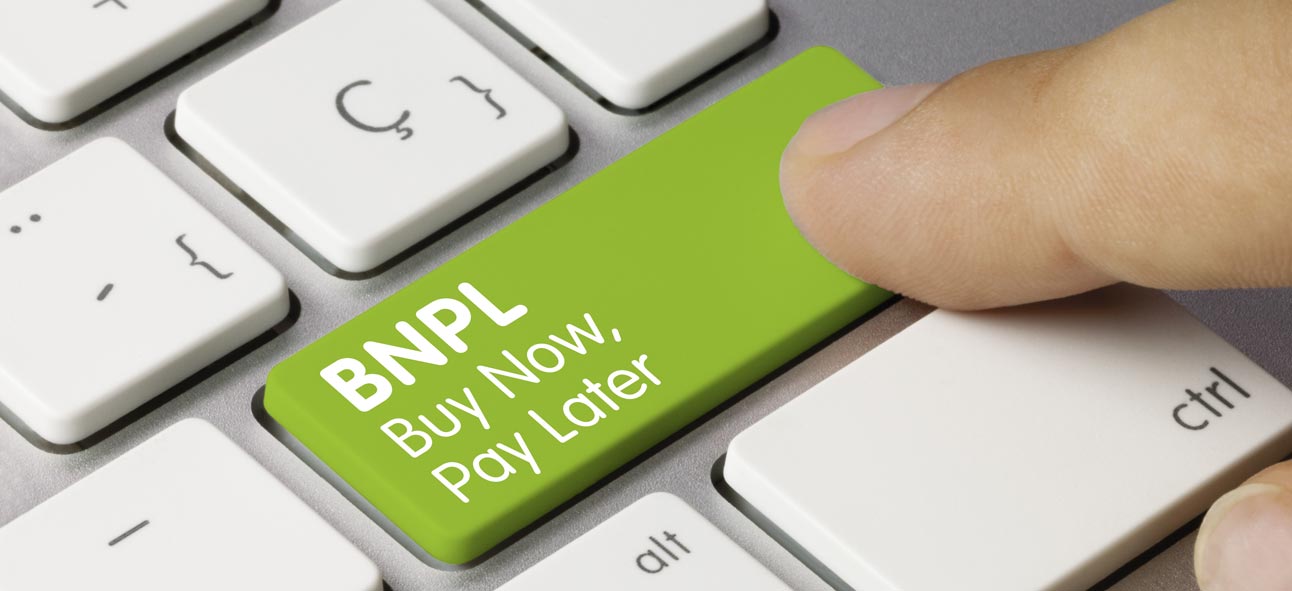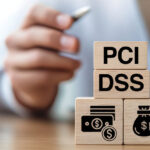The growth of Buy Now Pay Later, or BNPL, in Europe has been scorching. The first half of 2022 saw a record 10 million BNPL app installs, an incredible 339% jump from two years ago. The Nordics, Germany, and the UK remain the top markets for BNPL payments. According to Statista.com, BNPL transactions will reach a total value of USD 214 billion in 2022. And over the next four years, will more than double. There’s no denying consumer BNPL is here to stay. But, what about B2B payments? Can BNPL become a reality for B2B payments?
Before we dive in, let’s look at how B2B payments have worked traditionally.
- Most business purchases are made on credit. Globally, USD 30 trillion worth of B2B sales happen every year on credit terms.
- B2B purchases are of larger volumes and of higher value, which increases credit risk and the probability of fraud. This makes digital lending in B2B more complex to implement and manage.
- While some sellers offer ad hoc forms of online credit, they do so on their own books. This leaves them to carry the entire burden of risk on themselves.
Is there a need for BNPL in B2B payments?
New research has found that 41% of small and medium businesses actively search for suppliers who offer credit terms. 25% of these businesses say access to credit will be critical for their growth in the next year. Amidst economic uncertainty, merchants need more flexible and smoother payment options. It helps them manage their finances well and provide their customers the flexibility they seek. BNPL for business payments seem to be an obvious solution. Given, that it is just another form of credit.
How does BNPL differ in B2B?
There has been a lot of debate around BNPL and risks of overspending. But while this might be so in consumer BNPL, it is much more unlikely in the case of B2B payments. Why?
First, because business customers are unlikely to be incentivised to overspend in the same way a consumers can be. This means customers are less likely to overspend. Second, because B2B transactions are more complex, involving longer purchasing processes and multiple approvers. Credit assessments are also more stringent to reduce risks.
What are the benefits of using BNPL in B2B payments?
- Merchants can increase conversion rates and boost loyalty by offering shoppers a fast and seamless B2C-like payment experience with flexible terms.
- Merchants can manage cash flows better, reduce operational workloads, and easily expand their business by selling cross-border and with lesser risk.
Final Thoughts – The changing market for B2B BNPL
In 2022, credit terms are not only desirable but a near-necessity for business owners, especially in uncertain times when growth could slow down or stall. Until now, there were few credit options available for online B2B sales. But a slew of new fintech companies have come out with solutions to address the need for credit and offer B2B buyers flexible payment terms. Companies like UK-based Hokodo and Germany-based Mondu already offer B2B BNPL payment options to business buyers. And in the future, we can expect to see more innovation and newer solutions hitting the market. As the industry prepares for growth and some regulations, one thing seems certain. The demand for credit for businesses will continue to drive the growth for BNPL in B2B payments.
Where we go from here will be an exciting journey.
How can Novalnet help?
A global PSP like Novalnet can advise you on what steps you need to take and help you address your payments-related challenges. We are a trusted partner for global brands. Our state-of-the-art technologies – from instant payment plug-ins to AI-based risk management tools – have been helping Europe’s leading brands solve complex payment challenges and delight customers.
Reach out to us today to know more.
Jose Augustine is the Chief Business Development Officer at Novalnet with extensive experience in European payment industry and a knowledge powerhouse.










